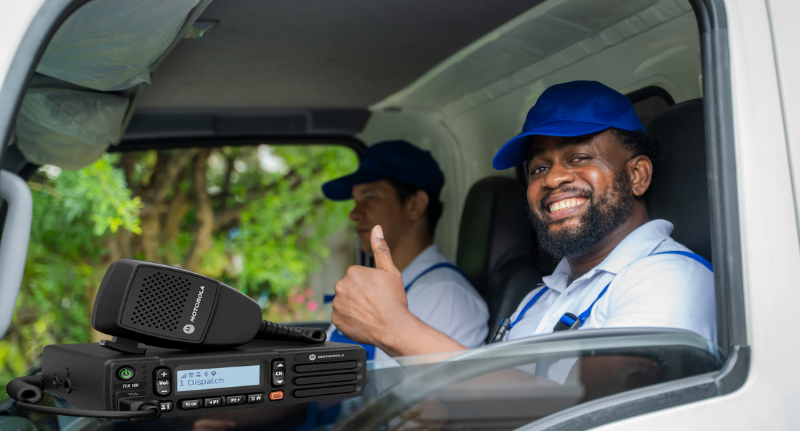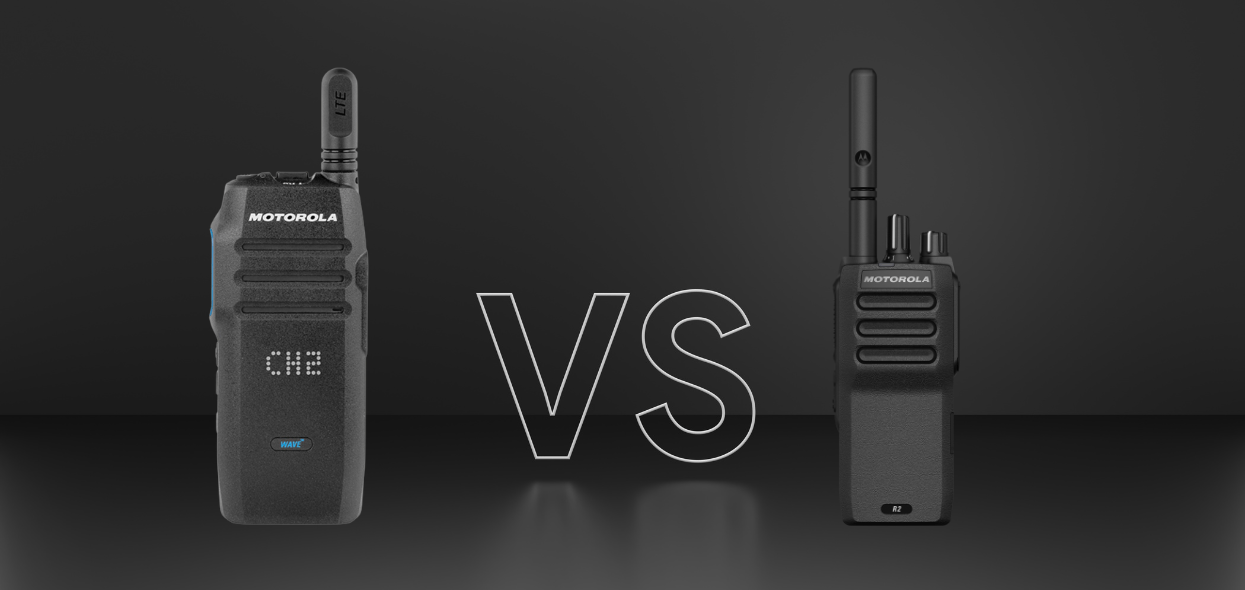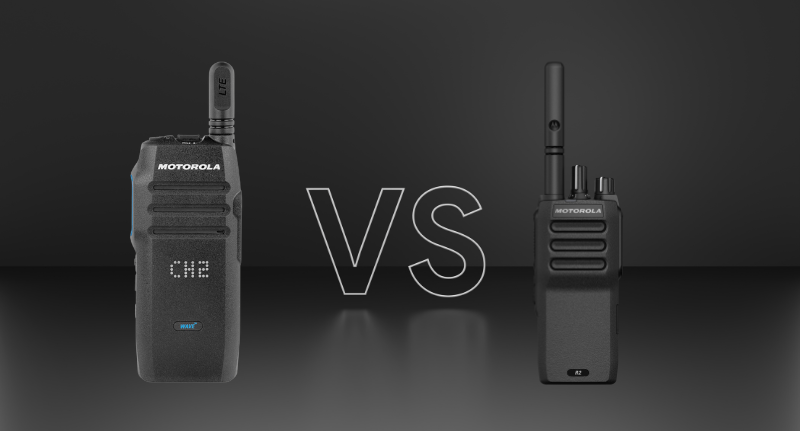
TLK150 – Removal companies
14 September 2023
WAVE PTX – Effective business communication
28 September 2023.



WAVE PTX v Conventional Radios

› Discover more about WAVE PTX
WAVE PTX v Conventional Radios
Effective communication is the key to seamless coordination and improved productivity. Whilst the WAVE PTX Communication Service and conventional two-way radio systems both facilitate communication, they differ in terms of their capabilities, flexibility, and features.
Coverage:
The conventional two-way radio system relies on dedicated radio frequencies, limiting coverage to a specific range. In contrast, the Motorola WAVE PTX Communication Service uses existing cellular networks and broadband connectivity to provide broader coverage, making it ideal for use in urban areas or across vast distances.
Interoperability:
Conventional two-way radios often operate on different frequencies, limiting communication between different organisations or departments. On the other hand, the WAVE PTX Communication Service transcends these barriers by enabling interoperability across various devices, networks, and even different technologies, fostering seamless communication and collaboration.
Device Flexibility:
The conventional radio system typically relies on specific hardware and devices designed explicitly for radio communication. In contrast, the WAVE PTX Communication Service leverages smartphones, tablets, and computers, reducing the need to invest in additional hardware. This provides greater flexibility and helps organisations maximise their existing technology investments.
Scalability and Management:
The conventional two-way radio system requires dedicated infrastructure management, including licensing and maintaining physical radio towers. The WAVE PTX Communication Service, being cloud-based, eliminates the need for extensive infrastructure management, making it easier to scale, manage, and update the system as per organisational needs.
Conclusion:
In summary, while both the Motorola WAVE PTX Communication Service and conventional two-way radio systems facilitate communication, they differ significantly in terms of coverage, interoperability, device flexibility, features, and management. Depending on the organisation’s requirements, one can choose between the traditional reliability and simplicity of a conventional two-way radio system or opt for the advanced features, scalability, and flexibility offered by the Motorola WAVE PTX Communication Service. Ultimately, the choice boils down to the specific needs and preferences of the organisation in question.
If you would like to discuss Motorola WAVE PTX or conventional two-way radios, then please contact us on 0800 002 9003.

We are trusted by










